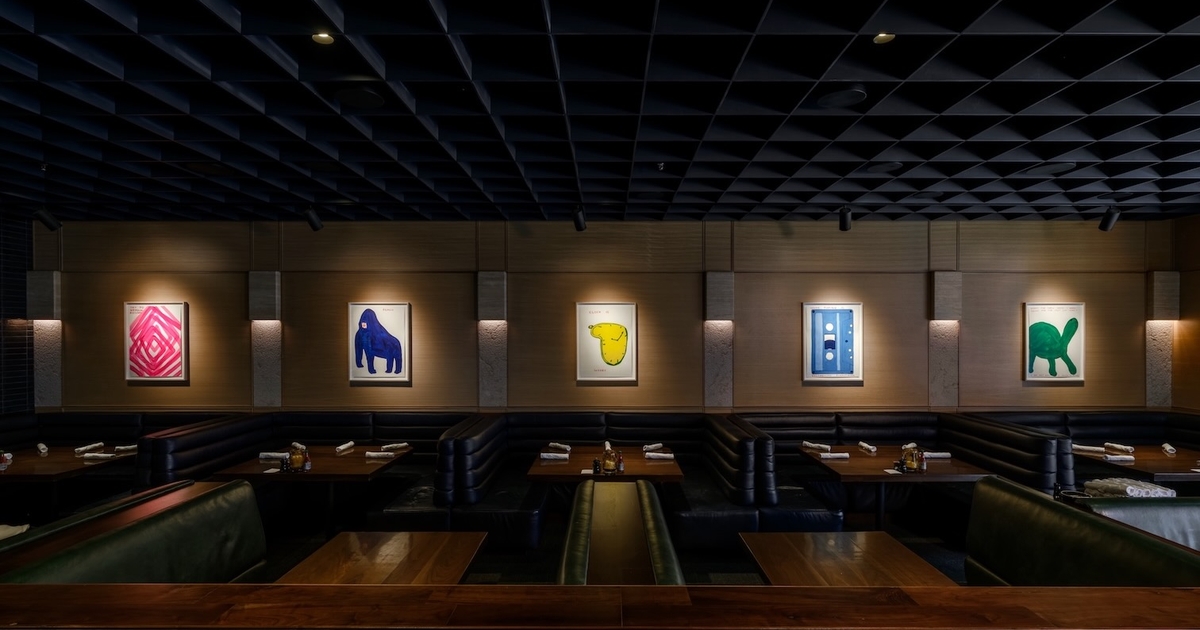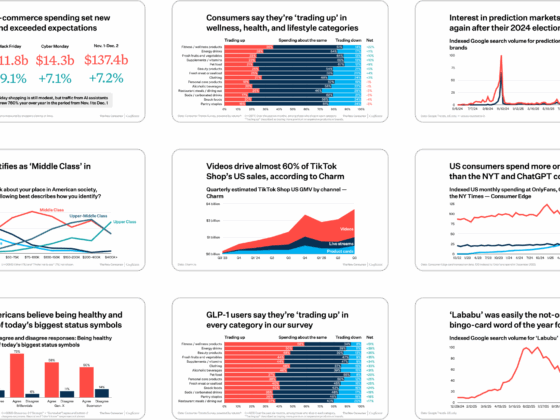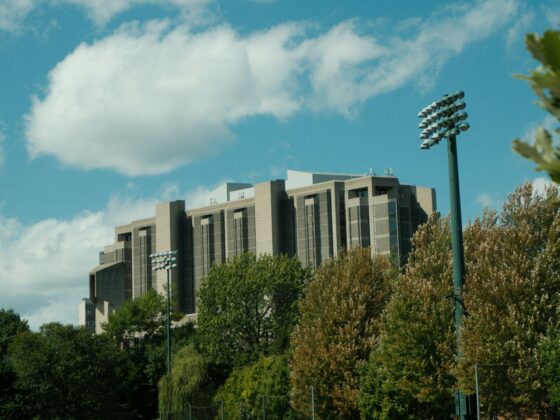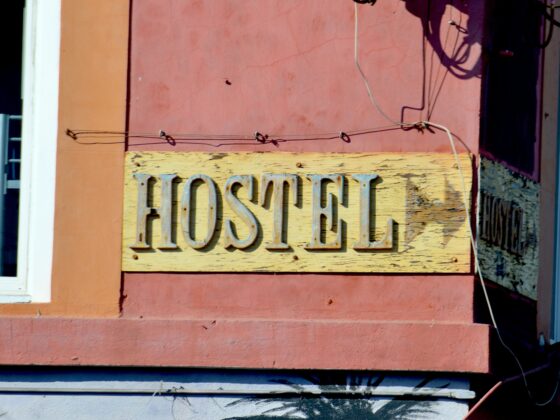
How do you combine equal passions for fine art and the culinary arts? For Robert and Mary Quick, the operators behind Texas-based casual-fine-dining hospitality group, Western Addition, the answer was to turn each of their four Dallas and Houston restaurants into living art galleries, featuring $400,000 of original artwork and prints from their personal collection.
Western Addition was founded in 2018 by CEO and chief culinary officer, Robert Quick, who covers the food and business side of the group, and his wife, Mary Quick, who serves as vice president of design for the group, and is the force behind the art gallery-inspired décor at the restaurants. The group includes two locations of Il Bracco (in Dallas and Houston), an upscale Italian restaurant; Bobbie’s Airway Grill in Dallas, a bar and grill that used to be a pharmacy; and Balboa Surf Club, an American chops and seafood restaurant.
“As we collect the art that we love, our intention is to have these wonderful, beautiful restaurants that we are designing together to show our art,” Robert Quick said. “The intention of the restaurant is to be wonderfully hospitable and to serve delicious food, but we always want that high-end residential feel when we’re building, so this art is displayed as it would be in a home, as opposed to décor.”
The Quicks’ art style is contemporary, with Mary preferring abstract expressionism over other art movements. il Bracco in Dallas is decorated with John Baldessari’s Numbered Legs (2015), which hangs in the women’s bathroom; Vija Clemins’ Jupiter Moon-Constellation (1933), and Wayne Thiebaud’s Eyeglasses (1994). Bobbie’s Airway Grill houses whimsical pieces like Roy Lichtenstein’s Sandwich and Soda (1964), while Balboa Surf Club displays Frank Stella’s Del Mar (1972), and Houston’s Il Bracco has two original works by Alexander Calder.
The hospitality group is opening its fifth restaurant this winter: another il Bracco in Scottsdale, Arizona, which will also display another unique collection of art.
“For [our Italian restaurant], we won’t put up a piece of someone cooking pasta, for instance,” Mary said. “Some of the spaces are designed with a lot more restraint. Our new restaurant has a lot of green, so we want to invoke 1960s Italian pop art, but all the art is from all over different time periods, different places.”
When curating pieces for each of their restaurants, the Quicks said they never want a space to feel “too busy” or “too much like a garage sale,” which is a mistake they’ve made in the past. Each of the restaurants houses about seven to 10 pieces of art, with most of the restaurant vestibules and restrooms housing pieces.
“The way we approach our artwork is similar to how we try to make our food very beautiful and very approachable,” Robert said. “We try to be hospitable with our selections. Of course, there’s always more to know in both food and art, right? The well is very deep, but on the surface, both should be beautiful and enjoyable.”
Contact Joanna at [email protected]






